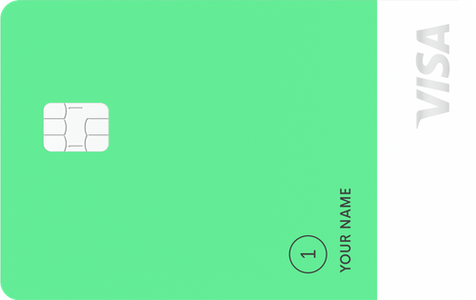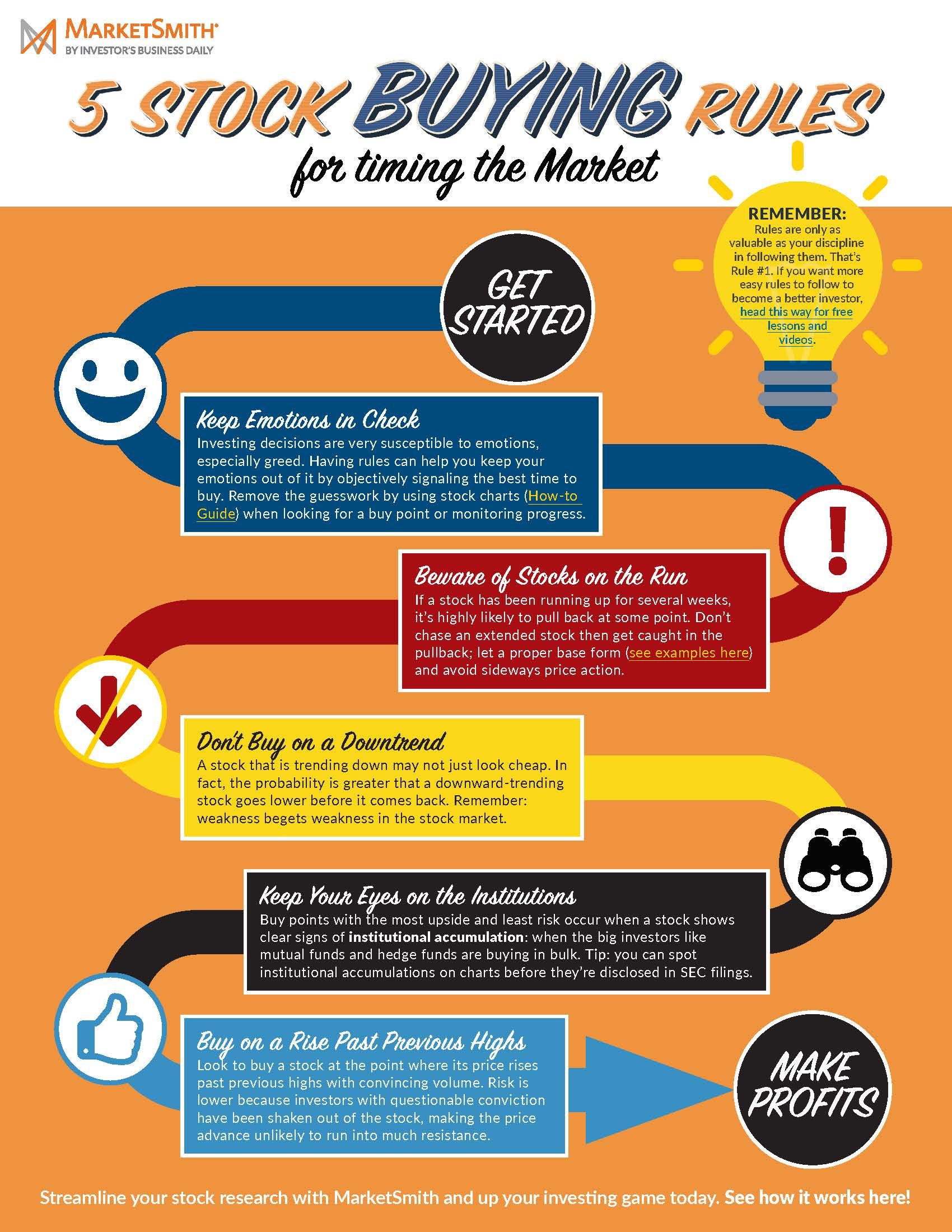
Paying off your credit card debt in full can help you improve credit scores. Because credit utilization (the amount of credit that you use) accounts for 30% of your overall FICO score. Higher credit scores will result from a lower credit utilization rate. There are many ways you can improve your credit utilization rates and increase your score.
Use a budget to repay credit card debt
A budget can be used to reduce unnecessary spending and help you get rid of high credit card balances quicker. You can reduce the amount of things you don't use and pay your credit card off in a year. Doing this will help you avoid paying more than $500 in interest fees over five years. It's important to plan your budget so that you're able to pay off all your credit card debt, but not all of them at once.

Make a list of all your debt accounts. In the list, include the current balance as well as the Annual Percentage rate. Then organize the list using APR and balance. Finally, add the total balance owed. Once you have compiled the debts, make a budget. Next, make an outline of your income and expenses and include your debt payments. Once you've created your budget, you can start implementing your debt repayment strategy.
Using debt snowball method to pay off credit card debt
Using the debt snowball method to pay off credit card bills is an easy and effective way to get out of debt. This will allow you to make only the minimum payments for each debt. Once you've paid off one debt, the remaining payment can be applied to the next. You can thus pay off $20,000 over 27 months. The first step in using the debt snowball method is to find extra money to make payments every month.
Your first goal is to pay off your lowest balance, and then work your way up. This will give you an emotional boost and help you to make some progress. The second option, called the debt avalanche technique, requires you to make big payments first at your highest rate of interest. This will be more expensive in interest, but will take longer. However, you must understand that it is a risky method.
Credit score and the impact of credit card debt repayment
You can improve your credit score by paying off your high limit credit cards. Paying off high-limit credit cards will help you lower your credit utilization rate. This is responsible for 30% of overall score. It is also a good idea to keep your balances to 10% or lower. By paying down your cards you can improve your credit score and have more credit.

Paying off credit cards can have a substantial positive effect on your credit score. However, any other credit activity that you may have could offset this improvement. You may see a temporary drop in your credit score if you have a history that includes late or missed payment. The issuer will need to report this. Your credit score will be impacted by your payment history, which accounts for 35% of the total score. Your delinquency effect is also higher if your payments are not paid on time.
FAQ
What type of investment vehicle do I need?
Two main options are available for investing: bonds and stocks.
Stocks are ownership rights in companies. Stocks offer better returns than bonds which pay interest annually but monthly.
If you want to build wealth quickly, you should probably focus on stocks.
Bonds are safer investments than stocks, and tend to yield lower yields.
Remember that there are many other types of investment.
They include real-estate, precious metals (precious metals), art, collectibles, private businesses, and other assets.
What are the best investments for beginners?
Investors who are just starting out should invest in their own capital. They should learn how manage money. Learn how to save money for retirement. How to budget. Learn how you can research stocks. Learn how to read financial statements. Avoid scams. You will learn how to make smart decisions. Learn how diversifying is possible. Learn how to guard against inflation. Learn how to live within their means. Learn how wisely to invest. This will teach you how to have fun and make money while doing it. You'll be amazed at how much you can achieve when you manage your finances.
Do I need an IRA to invest?
An Individual Retirement Account (IRA), is a retirement plan that allows you tax-free savings.
You can contribute after-tax dollars to IRAs, which allows you to build wealth quicker. These IRAs also offer tax benefits for money that you withdraw later.
For those working for small businesses or self-employed, IRAs can be especially useful.
Many employers offer employees matching contributions that they can make to their personal accounts. Employers that offer matching contributions will help you save twice as money.
What is the time it takes to become financially independent
It depends on many variables. Some people are financially independent in a matter of days. Others may take years to reach this point. No matter how long it takes, you can always say "I am financially free" at some point.
The key to achieving your goal is to continue working toward it every day.
Can I get my investment back?
You can lose it all. There is no guarantee of success. However, there is a way to reduce the risk.
Diversifying your portfolio can help you do that. Diversification allows you to spread the risk across different assets.
You could also use stop-loss. Stop Losses are a way to get rid of shares before they fall. This lowers your market exposure.
You can also use margin trading. Margin Trading allows you to borrow funds from a broker or bank to buy more stock than you actually have. This increases your profits.
Statistics
- 0.25% management fee $0 $500 Free career counseling plus loan discounts with a qualifying deposit Up to 1 year of free management with a qualifying deposit Get a $50 customer bonus when you fund your first taxable Investment Account (nerdwallet.com)
- Over time, the index has returned about 10 percent annually. (bankrate.com)
- An important note to remember is that a bond may only net you a 3% return on your money over multiple years. (ruleoneinvesting.com)
- As a general rule of thumb, you want to aim to invest a total of 10% to 15% of your income each year for retirement — your employer match counts toward that goal. (nerdwallet.com)
External Links
How To
How to save money properly so you can retire early
Retirement planning is when your finances are set up to enable you to live comfortably once you have retired. It is where you plan how much money that you want to have saved at retirement (usually 65). You should also consider how much you want to spend during retirement. This includes hobbies and travel.
You don't always have to do all the work. Many financial experts are available to help you choose the right savings strategy. They'll examine your current situation and goals as well as any unique circumstances that could impact your ability to reach your goals.
There are two types of retirement plans. Traditional and Roth. Traditional retirement plans use pre-tax dollars, while Roth plans let you set aside post-tax dollars. You can choose to pay higher taxes now or lower later.
Traditional Retirement Plans
A traditional IRA allows pretax income to be contributed to the plan. If you're younger than 50, you can make contributions until 59 1/2 years old. If you wish to continue contributing, you will need to start withdrawing funds. The account can be closed once you turn 70 1/2.
A pension is possible for those who have already saved. These pensions will differ depending on where you work. Many employers offer match programs that match employee contributions dollar by dollar. Some offer defined benefits plans that guarantee monthly payments.
Roth Retirement Plan
Roth IRAs allow you to pay taxes before depositing money. You then withdraw earnings tax-free once you reach retirement age. There are restrictions. For medical expenses, you can not take withdrawals.
A 401 (k) plan is another type of retirement program. Employers often offer these benefits through payroll deductions. Employer match programs are another benefit that employees often receive.
401(k), plans
Employers offer 401(k) plans. They let you deposit money into a company account. Your employer will automatically pay a percentage from each paycheck.
The money grows over time, and you decide how it gets distributed at retirement. Many people prefer to take their entire sum at once. Others may spread their distributions over their life.
Other types of savings accounts
Some companies offer other types of savings accounts. TD Ameritrade allows you to open a ShareBuilderAccount. With this account you can invest in stocks or ETFs, mutual funds and many other investments. You can also earn interest for all balances.
Ally Bank allows you to open a MySavings Account. You can deposit cash and checks as well as debit cards, credit cards and bank cards through this account. This account allows you to transfer money between accounts, or add money from external sources.
What's Next
Once you have decided which savings plan is best for you, you can start investing. Find a reputable firm to invest your money. Ask family members and friends for their experience with recommended firms. You can also find information on companies by looking at online reviews.
Next, you need to decide how much you should be saving. This involves determining your net wealth. Your net worth is your assets, such as your home, investments and retirement accounts. It also includes liabilities like debts owed to lenders.
Divide your networth by 25 when you are confident. This number is the amount of money you will need to save each month in order to reach your goal.
For example, if your total net worth is $100,000 and you want to retire when you're 65, you'll need to save $4,000 annually.